When it comes down to the bottom line, Paleo is about eating REAL FOOD. That’s all. You can take it in lots of different directions, but the commonality is eating food, not industrialised crap.
I’ve written on Steemit before about eating Real Foods, but not specifically explaining Paleo. Today I’m not going to go into a lot of the why’s but am just aiming to give you an overview of what is covered.
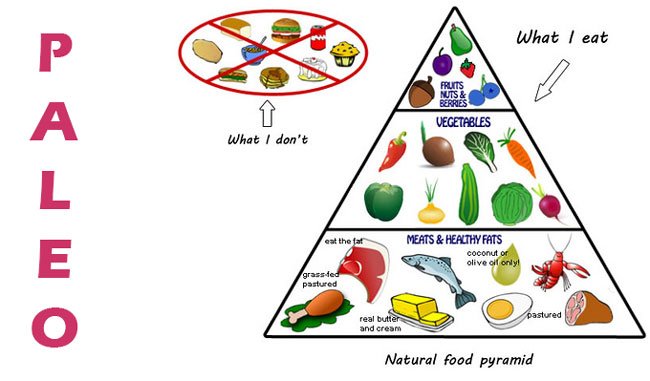
The Paleo diet was first written about by Dr Loren Cordain. Over time, the Paleo movement has grown enormously and learnt a lot about how nutrition really works. For example, Dr Cordain recommended low fat meats, but now we know it’s more important to ensure the meat is pasture raised. So if you heard about Paleo back in the day, things may be different now.
The first thing to determine is whether a food is real or not.
Rule of thumb – could your great grandmother have made this food in her own kitchen? If the answer is Yes, it’s a real food, made by nature. If the answer is No, it’s been made by an industrial process, and doesn’t belong in our bodies.
This means eliminating:
• Artificial flavours or sweeteners, preservatives or chemicals of any kind
• Transfats and most vegetable oils (which are actually nut or seed oils)
• GMOs
• Soft drinks
• A lot of prepackaged foods, though some tinned or frozen food is fine
Whatever direction you take your diet in from here – start with this basis.
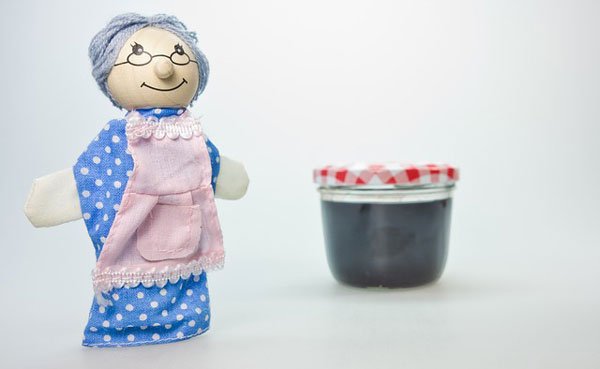
Next question – how long have humans eaten this food?
The next theory of a Paleo diet is that certain foods have only been eaten for a comparatively short period of time. There is archeological evidence that when these foods were introduced, human health deteriorated. Maybe a lot of people have still not adapted to them.
These foods are:
• Dairy products (although the Primal diet allows unpasteurised, grass fed dairy)
• Grains
• Legumes
• Processed sugars
Other “Real Food” diets allow grains and legumes if they are properly prepared, but it’s not strict Paleo.
However, here on Steemit, I think we’re tagging anything based on Real Food with #paleo, so we don’t want to get too hung up on the rights and wrongs. This differs by person anyway.
So what can I eat?
Pretty much everything else!
Protein:
• Meat, poultry, pork (fresh or frozen) – Pasture raised is best. Don’t be frightened of eating meat. As long as you’re digesting it, it’s very nourishing.
• Organ meats (eg. liver or kidneys) are a good source of fat soluble vitamins A & D
• Bone broths or meat stocks
• Fish (fresh, frozen, canned in water)
• Eggs – preferably free range and organic
Optional – if you tolerate it:
• Dairy from pasture raised animals and preferably fermented (yoghurt, Kefir, fermented cream, cheese)
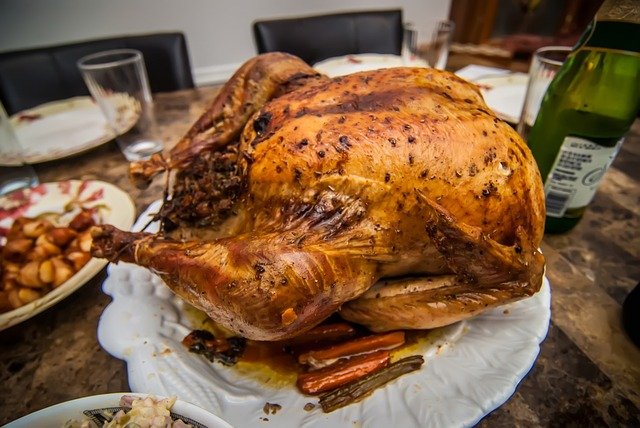
Fats:
• Butter or ghee (if you tolerate them)
• Fresh coconut, coconut oil or coconut milk / cream. Also coconut flour for baking.
• Extra Virgin Olive oil (for salad dressings)
• Tallow, lard, chicken or duck fat (for cooking)
• Avocado (preferably the whole fruit, not just the oil)
• Nuts & seeds, preferably “activated” (soaked, then dehydrated) or as butters
See my post on Good fats vs Bad fats for more info.
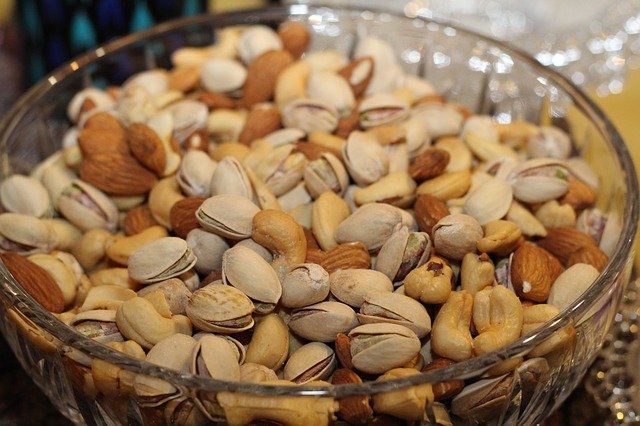
Carbohydrates:
• Low carb vegetables - asparagus, beetroot, beans (fresh), broccoli, brussels sprouts, cabbage, capsicum, cauli, celery, chokos, cucumber, eggplant, garlic, kale, leek, lettuce, mesclun greens, mushrooms, onions, parsley & other herbs, radish, spinach, tomato, watercress, zucchini
• Medium carb vegetables - carrot, celeraic, peas, pumpkin, swede (rutabaga), turnip
• Higher carb vegetables, in moderation - kumera, yams, sweet potato or parsnips
• Fermented veges such as sauerkraut
• Fresh or frozen fruit (in moderate amounts)
• Small amounts of dried fruit (but always imagine what they would be like rehydrated (for portion control, as they are easy to overeat) – good for baking
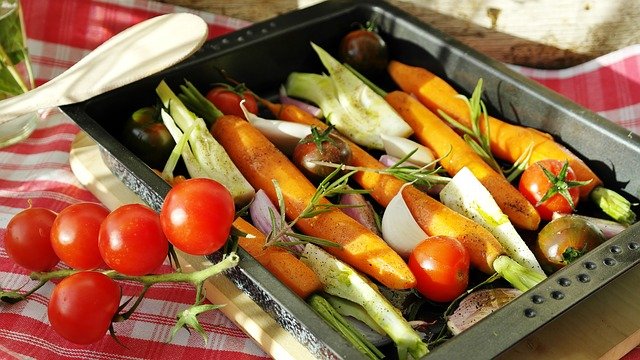
Flavourings and Condiments:
• Unprocessed (grey) sea salt
• Herbs & Spices (pure, with no additives)
• Natural sweeteners in small amounts eg. Honey, maple syrup, dehydrated cane juice (rapadura, muscavado)
• Cacao/cocoa or carob powder can be used in baking. Some people also use small amounts of arrowroot or tapioca starch to go with nut and seed flours in baking.
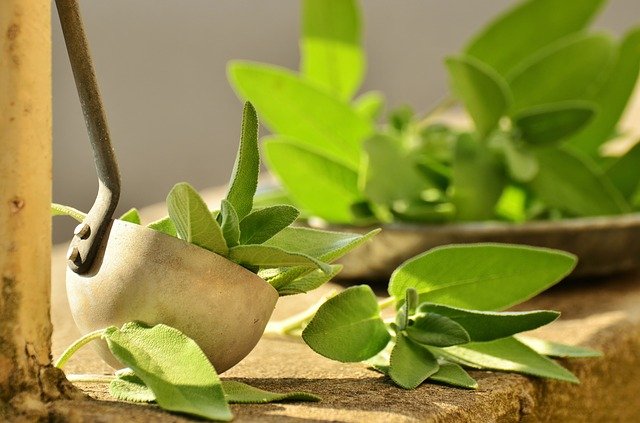
Drinks:
• Water – preferably free of chemicals, including fluoride – spring or aquifer water, bottled water (check the source here), filtered water (preferably remineralised)
• Nut, seed or cashew milk
• Juice of veges (& a little fruit)
• Fermented drinks – coconut water kefir, milk kefir, beet kvass, kombucha
• Herb teas
• Tea or coffee (preferably freshly made, not instant)
• Alcohol in small amounts, unless you’re chronically or acutely ill
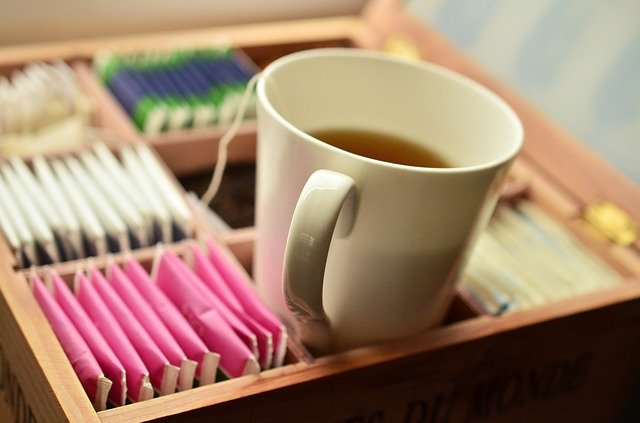
That all sounds pretty straightforward – is that all there is to it?
It can be that simple, but you can also put your own spin on it.
Paleo doesn’t have to involve being low carb, or going ketogenic, or including intermittent fasting. But it can. All of these can be very beneficial, for some people, but for now, just note that going Paleo doesn’t mean you have to include those aspects.
If you’re Type 2 diabetic, you may need those lower carbs. But if you’re an endurance athlete, you may need a higher carb intake. If you’re a post menopausal woman or suffering from adrenal fatigue, you may also need a certain amount of carbs in your diet.
For more info in LCHF (low carb, high fat) check out this recent post by @triddin on how he’s using it to manage diabetes.
Now I know what to do, shall I start today?
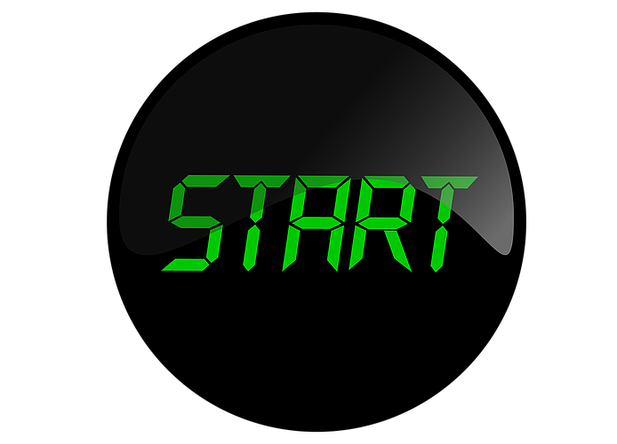
Some people like to jump in the deep end, but I generally recommend that people ease in slowly, making one change at a time.
What’s one small change you can make today?
That will depend on where you’re at now in your eating. If you’re reliant on processed foods, it could be changing from margarine back to butter, or reducing your soft drink intake, or making mac’n’cheese from real cheese instead of a packet.
If you’re already eating mostly Real Foods, you might start thinking about whether you can change to pasture raised meat, or start making sauerkraut.
Most of my Recipe posts are suitable for Paleo diets. And you may want to check out more of my articles on Health and Nutrition below. (The eagle eyed among you may notice some similarities between this post and my one on GAPS, because they are both Real Foods diets that are almost the same!)
Keep an eye on the #paleo tag for more info.
RECIPES AND KITCHEN TIPS:
• Choc Blackcurrant Smoothie ~
• Paleo Cottage Pie ~
• Feijoa Pear Smoothie ~
• Grain free, dairy free Pumpkin & Cashew Bread ~
• Tip for storing ginger & tumeric ~
• Grain Free Banana Cashew muffins ~
• Warming winter soup ~
• Healthy Chocolate & Fudge ~
• Jerky with vegetables ~
• Breakfast ideas ~
• Choco-mallow protein bars ~
• Equipment for the real food kitchen ~
• Carrot Almond bread ~
• Grain free Fruit & Nut bar ~
• Vegetable muffins ~
• Finger food for a gathering ~
• Real food ideas for snacks and road trips ~
• Best ever (and easiest) Christmas cake ~
• Orange Cranberry Xmas Breakfast Muffins ~
• Festive smoothies for Xmas morning ~
• Crisp & crunchy Xmas cheese stars ~
• Xmas menu ideas ~
• For MORE RECIPES and my 15 step Whole Food cooking course, see my recipe website.
HEALTH AND NUTRITION:
• The wide variety of healthy diets out and what they have in common ~
• The travels of Weston A Price and his discoveries about healthy diets ~
• Good fats vs bad fats ~
• DNA testing for better Health & Fitness ~
• DNA testing part 2: How Well Do I Digest Carbs? ~
• DNA testing Part 3: I can’t eat Carbs & How to Manage that ~
• About the Gut & Psychology syndrome (GAPS) diet Part 1 ~
• GAPS diet Part 2: Foods we can’t have ~
• GAPS diet Part 3: Foods we CAN have ~
• GAPS diet Part 4: What if I can’t eat some animal foods ~
• Salicylate intolerances ~
• Thoughts about Breast Health ~
• I’ve got a cold & how to handle it ~
• Sleep like a kitten Part 1 – 3 tips ~
• Sleep Well Part 2 – What’s your sleeping style? ~
• Sleep Well Part 3 – Resetting your body clock ~
• Six days training in a new natural therapy
Thanks for reading
The Paleo food pyramid is in a few places but although I can’t find it there, I think it first came from Mark Sisson of www.marksdailyapple.com. The rest of the pics are from Pixabay.
Follow me for more health, nutrition, food, lifestyle and recipe posts.

I am on Peerhub offering one on one nutritional coaching and EFT (Emotional Freedom Technique) sessions by Skype.


